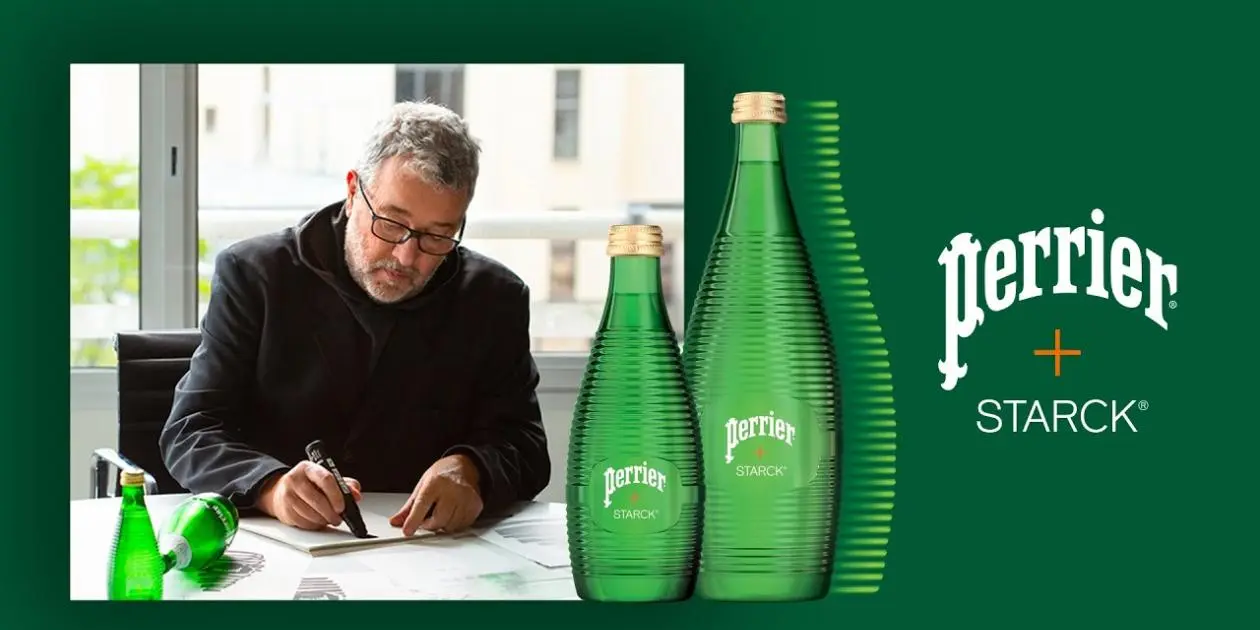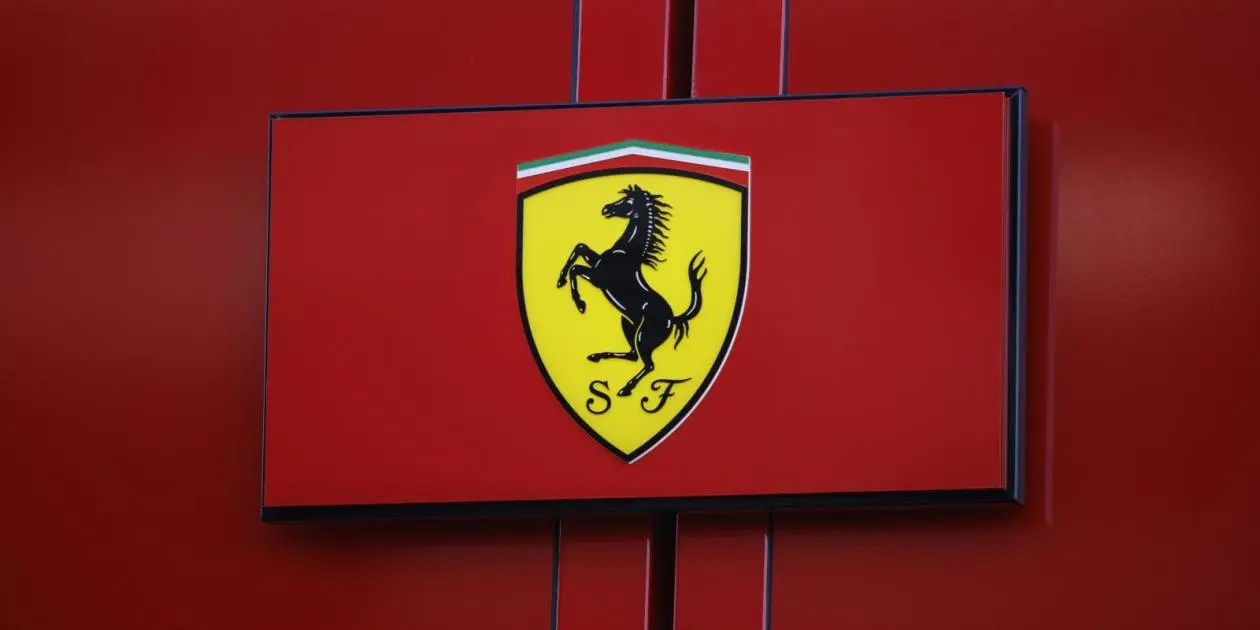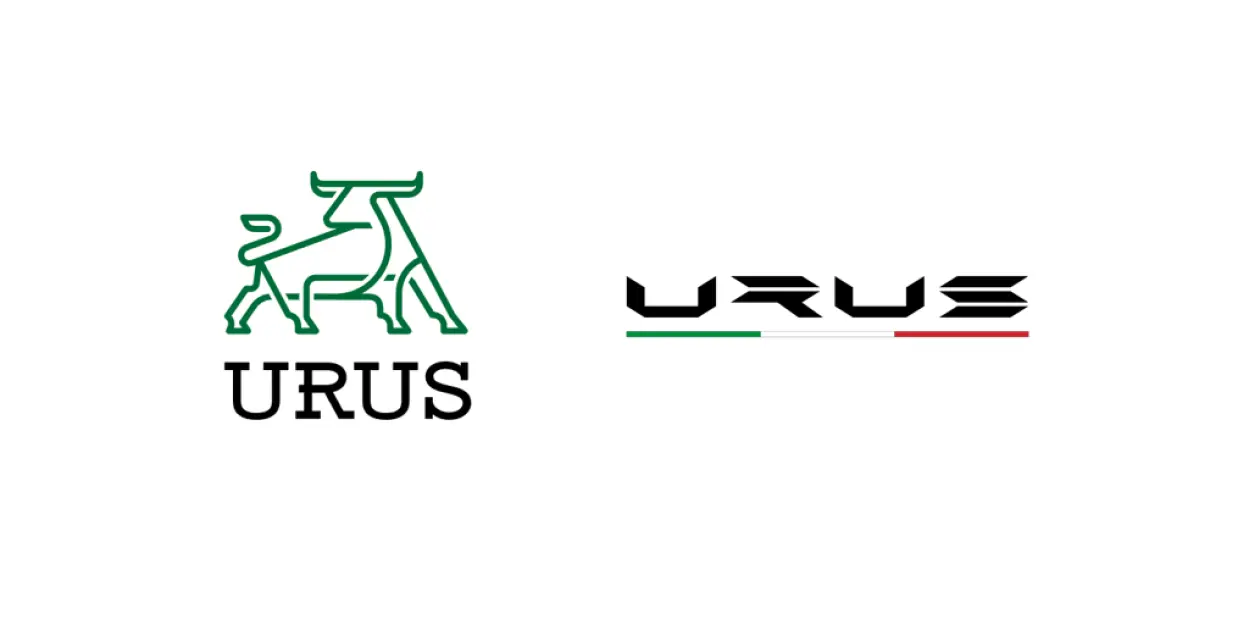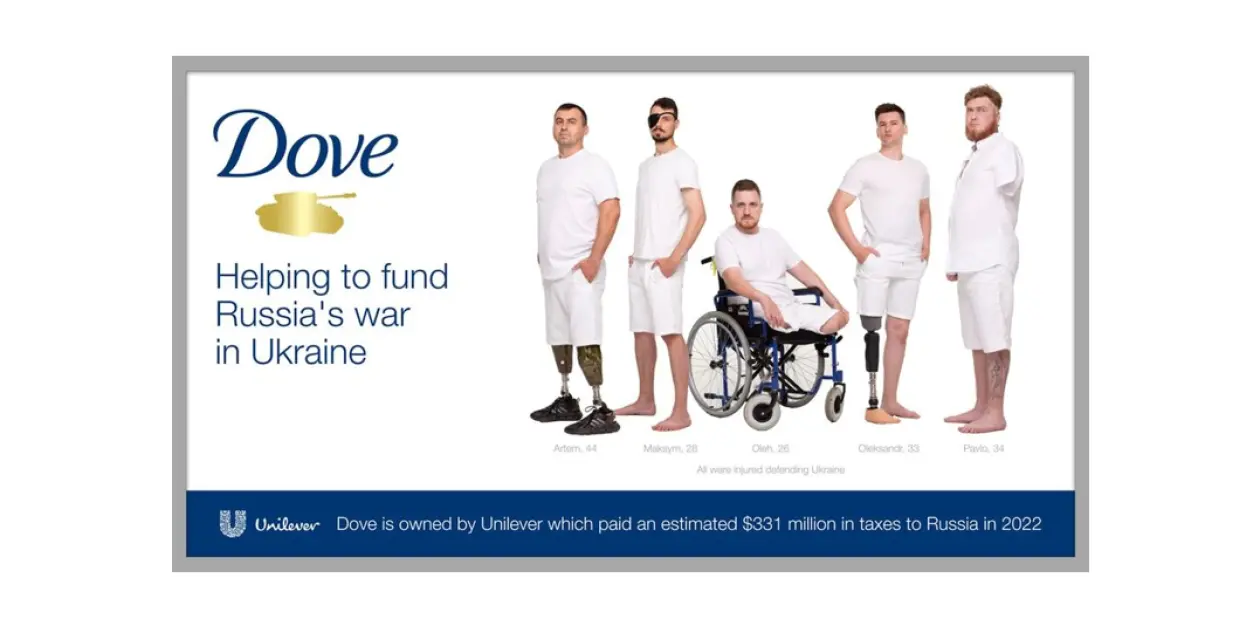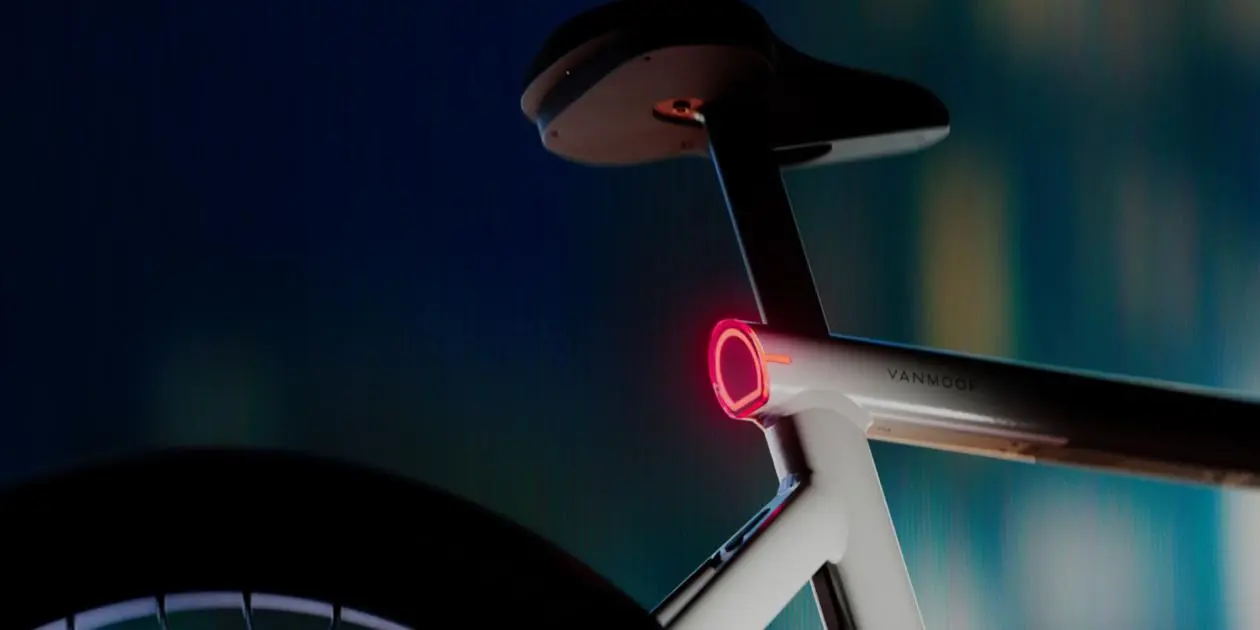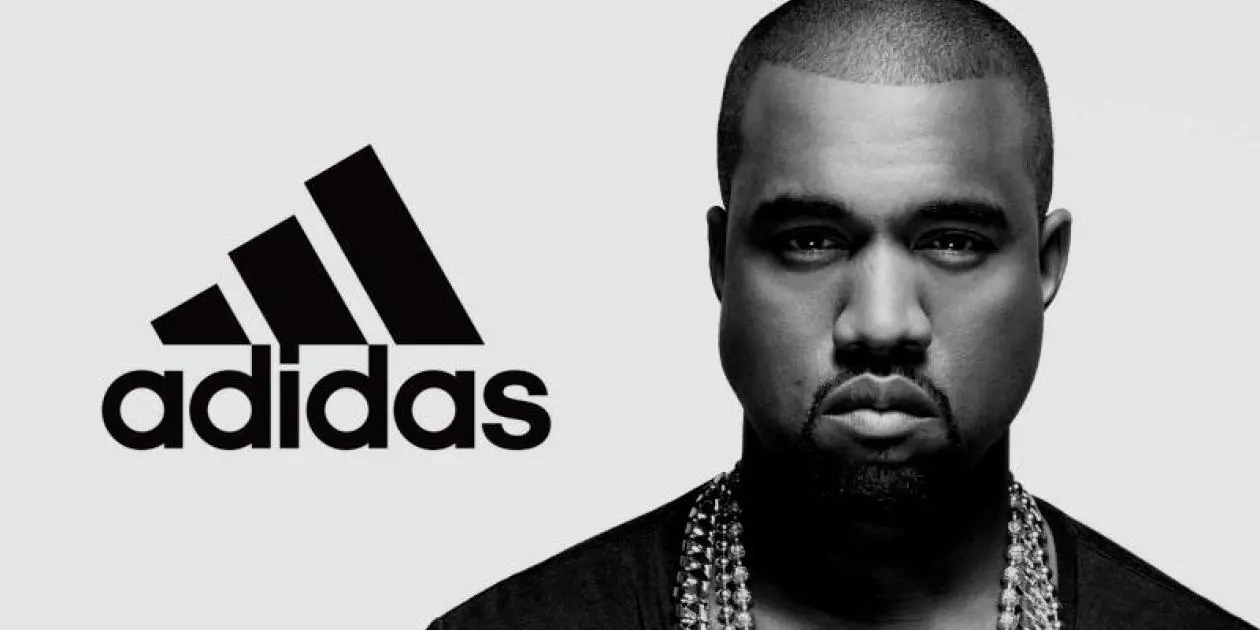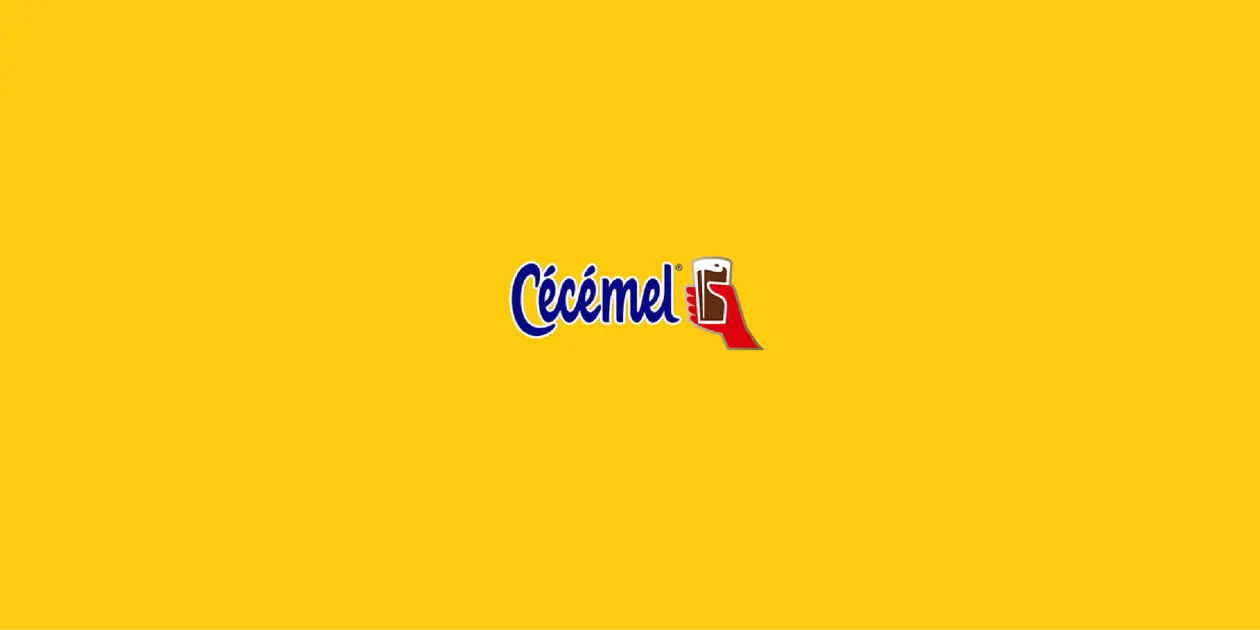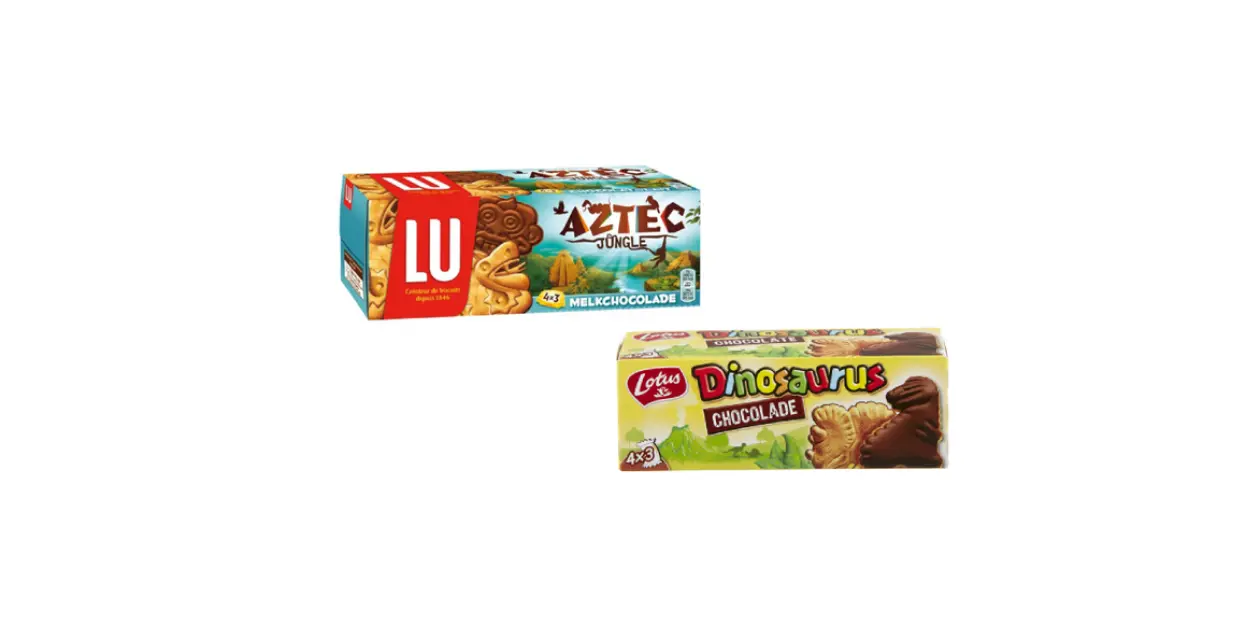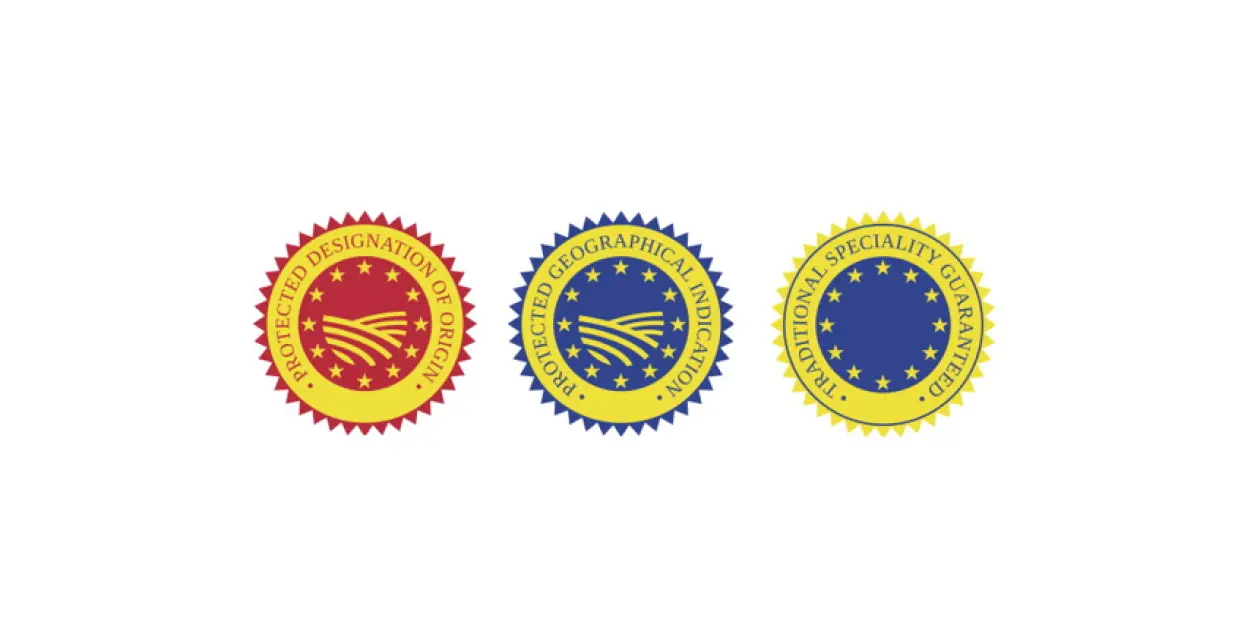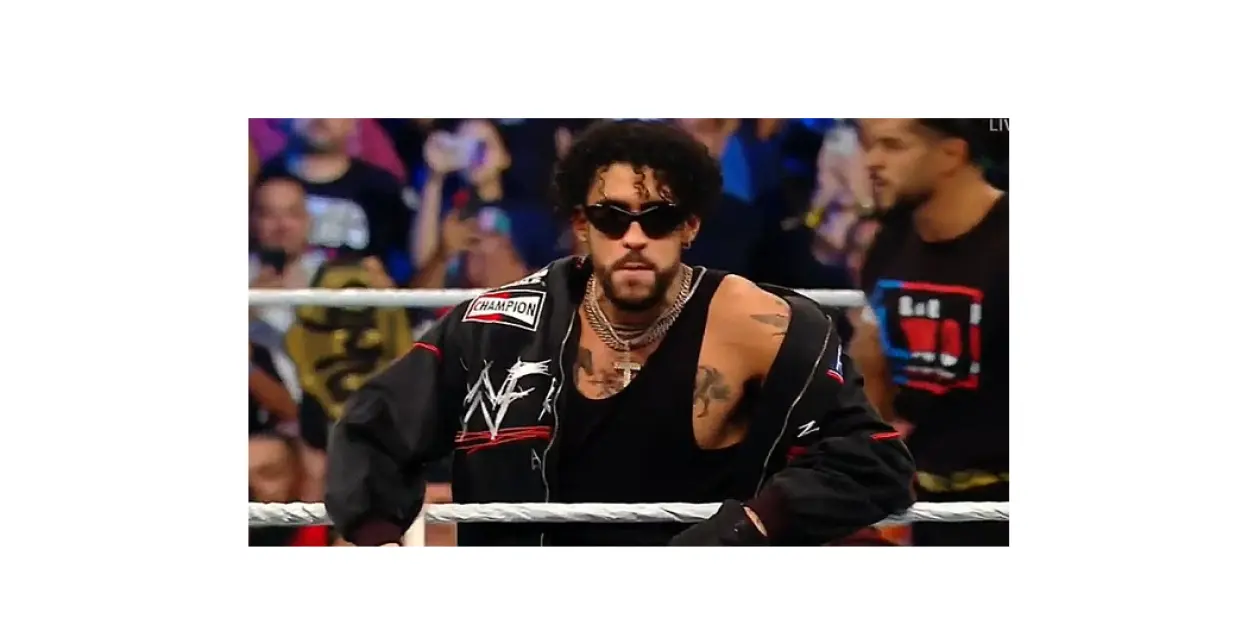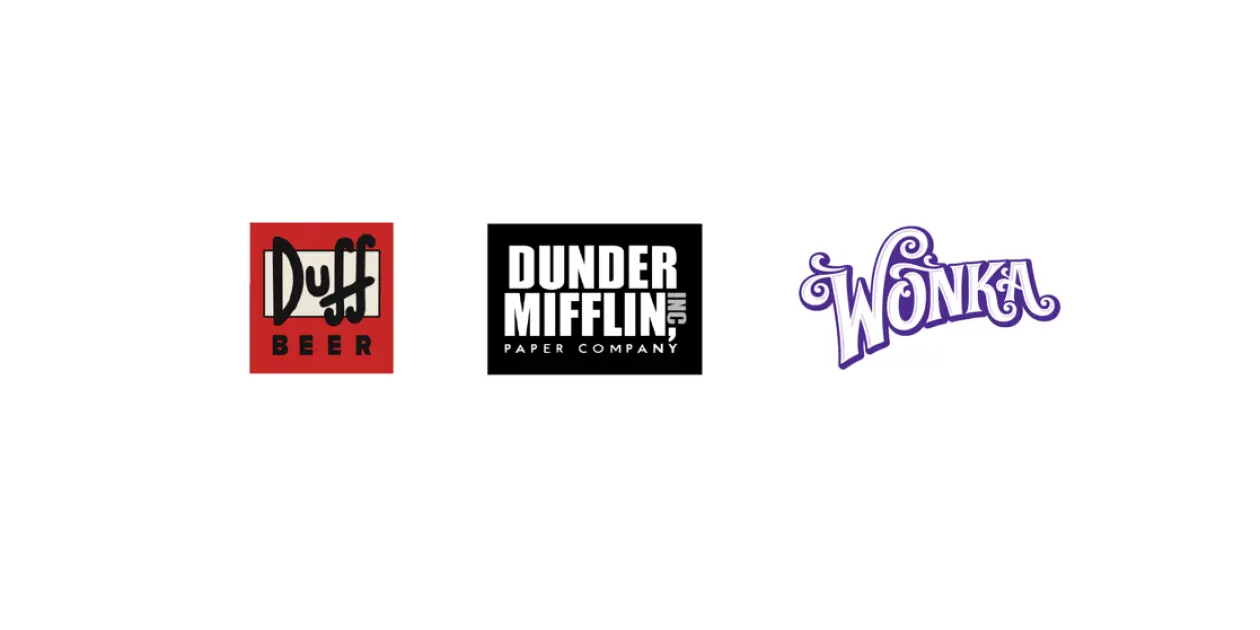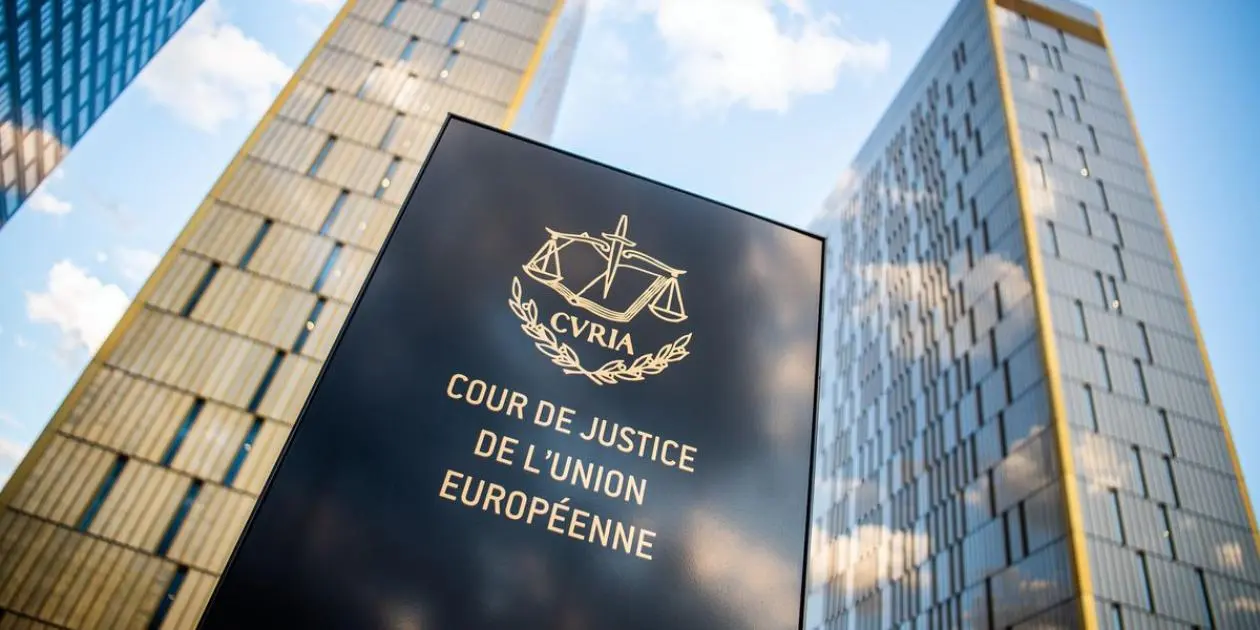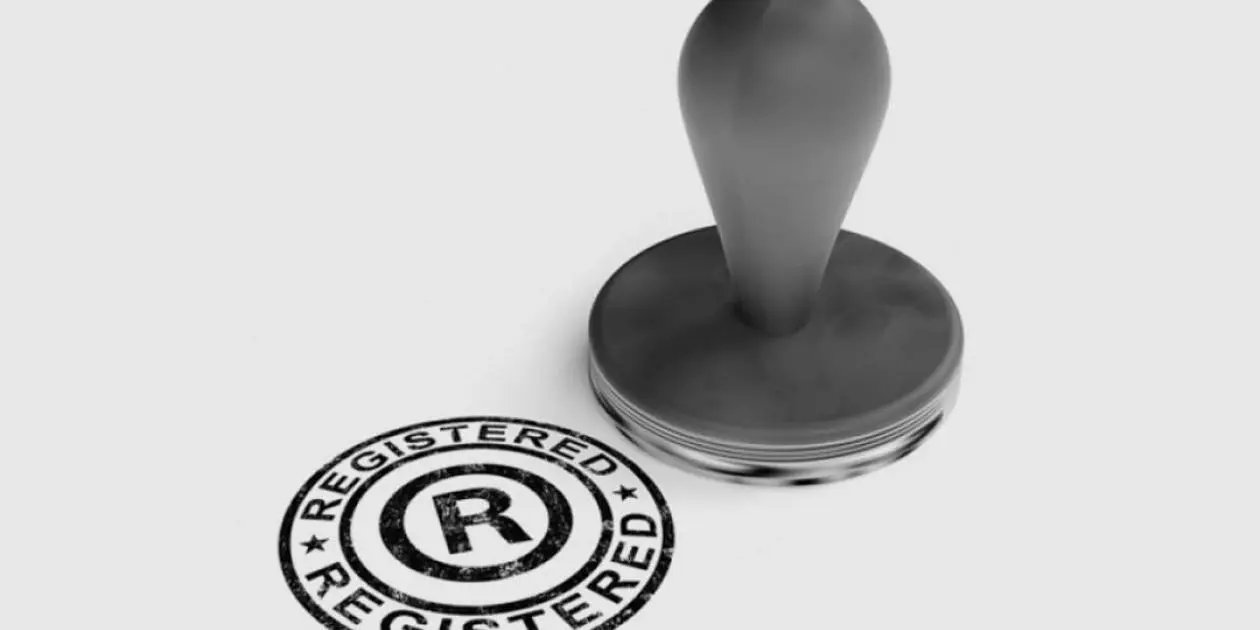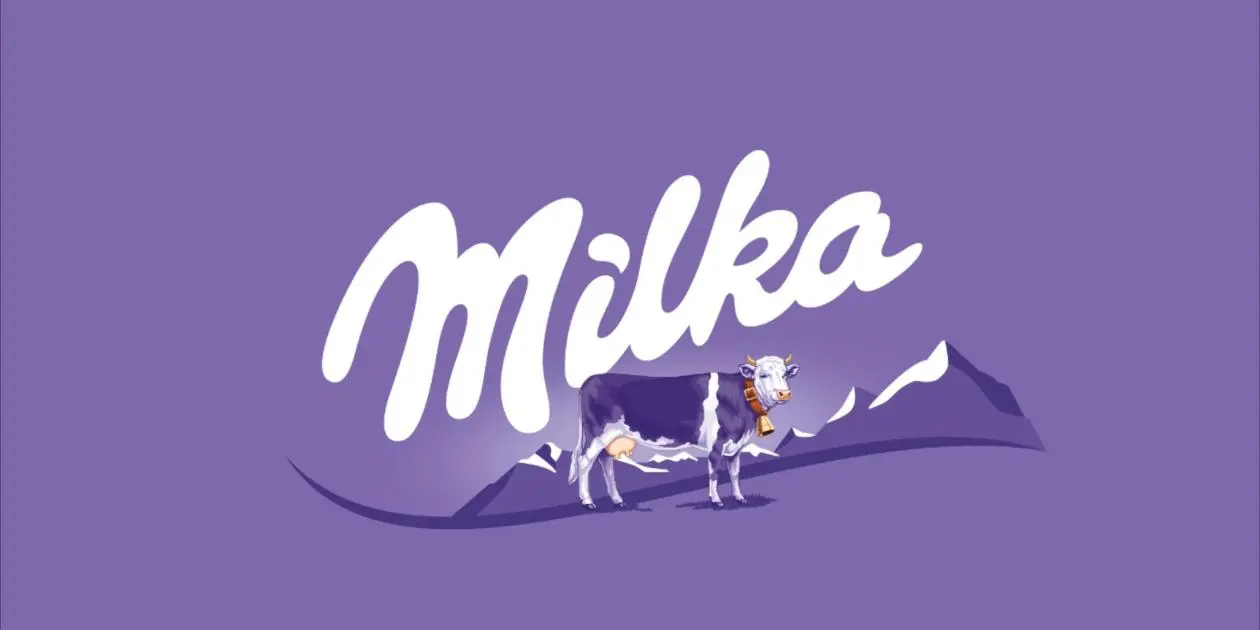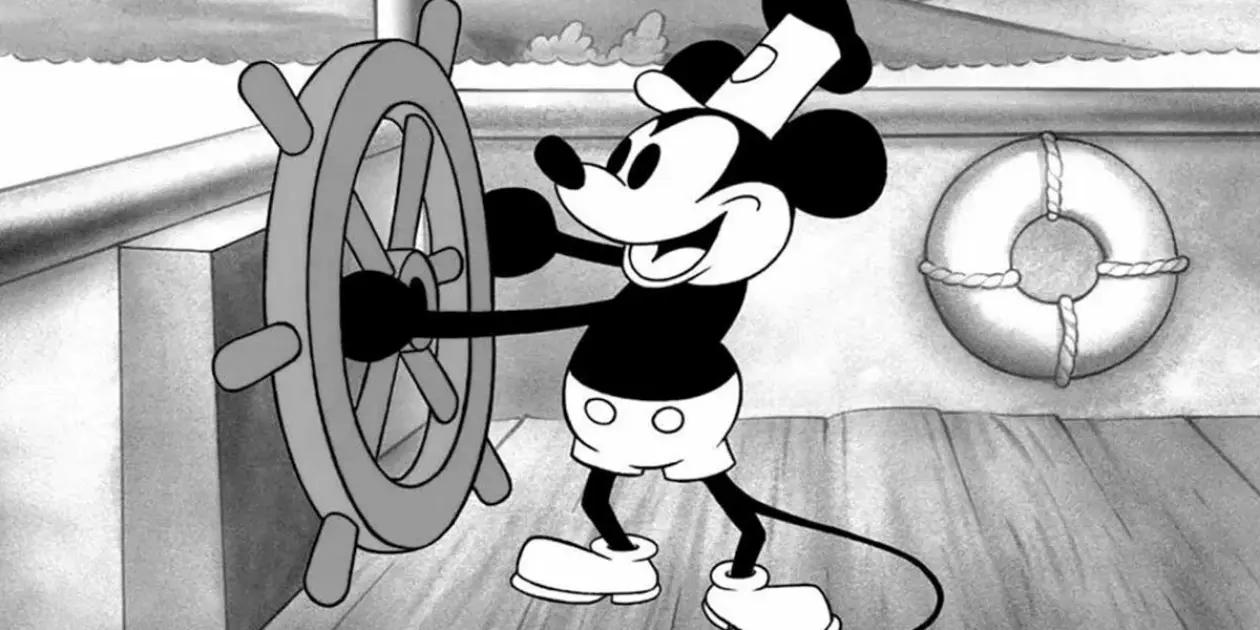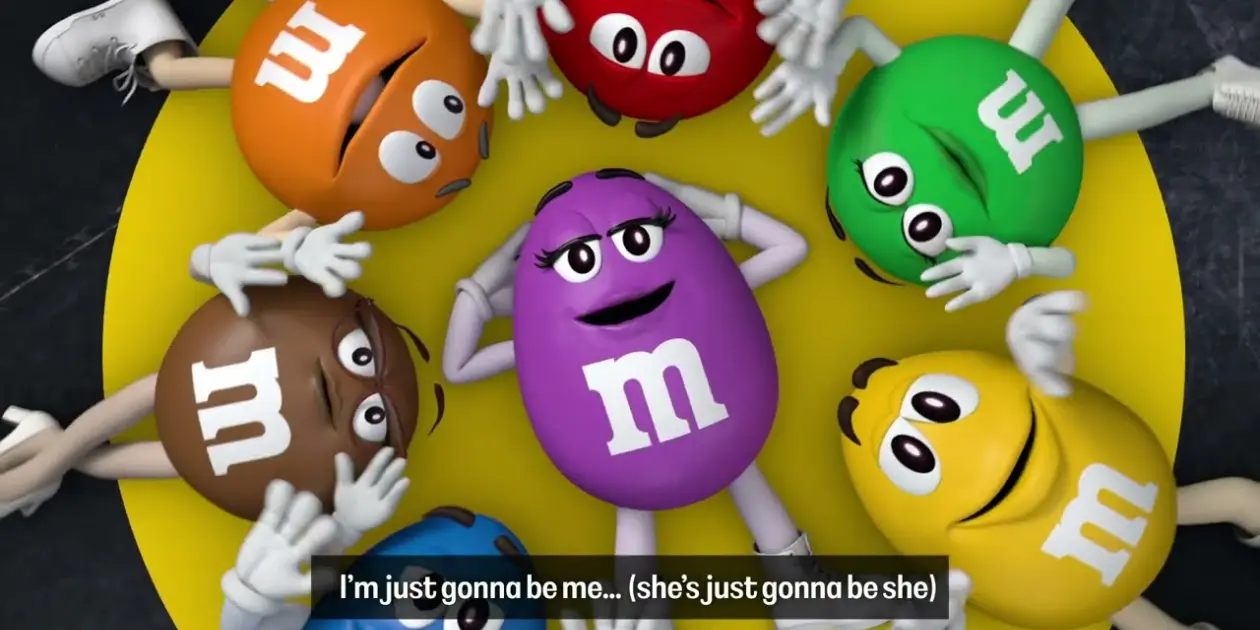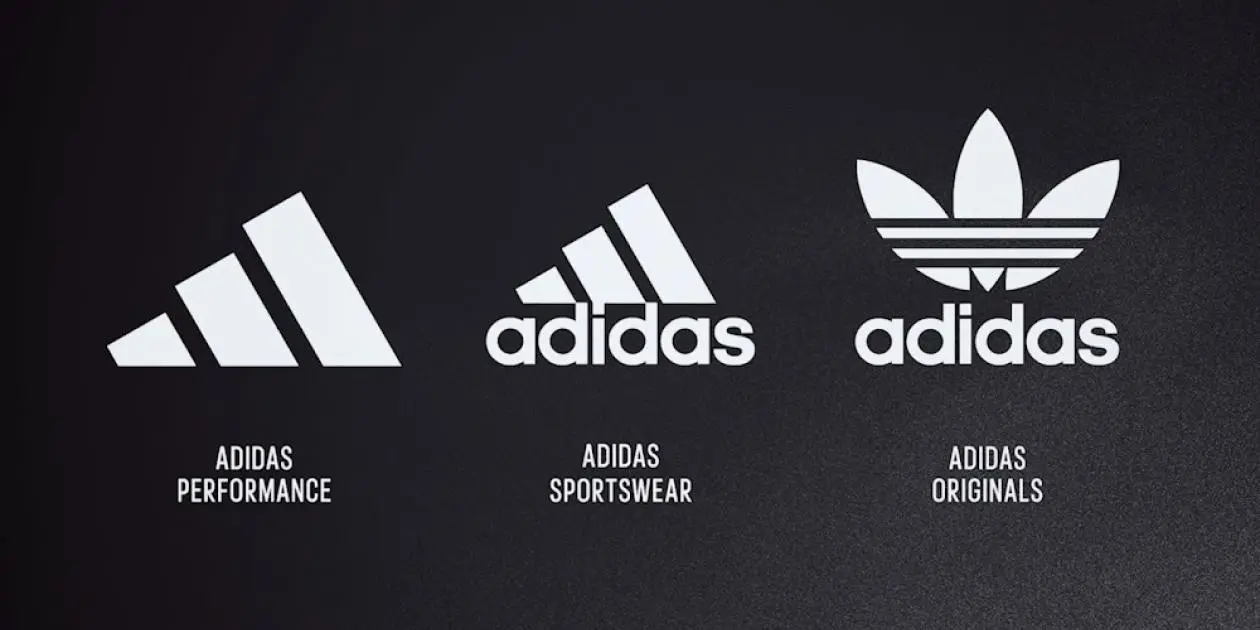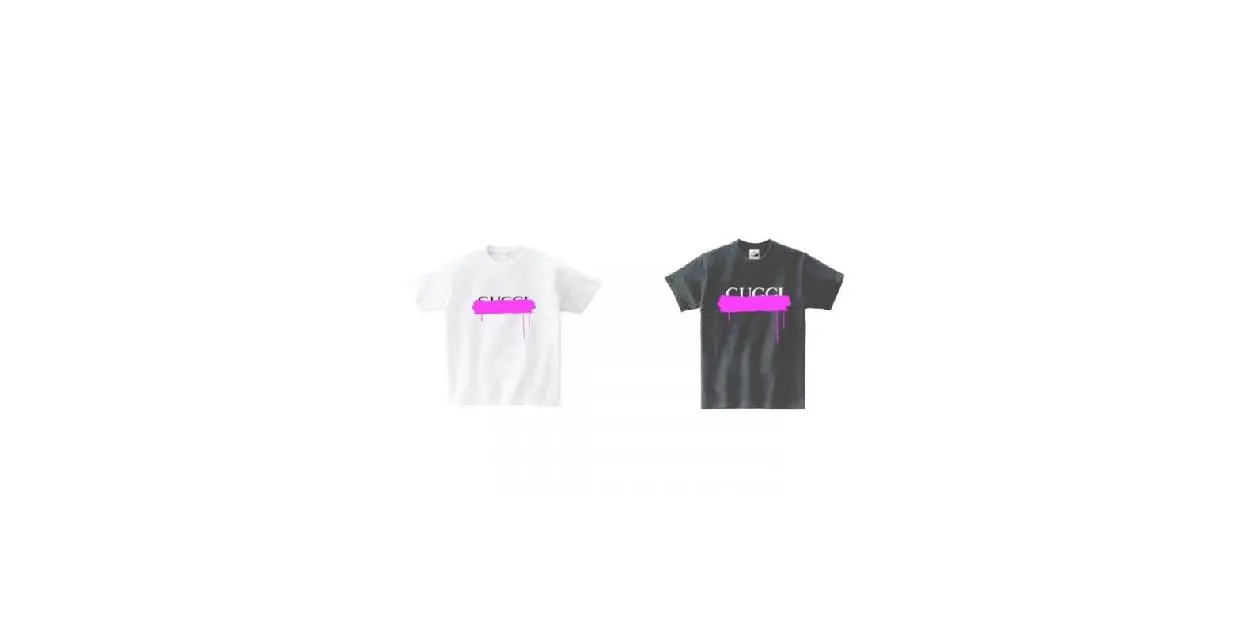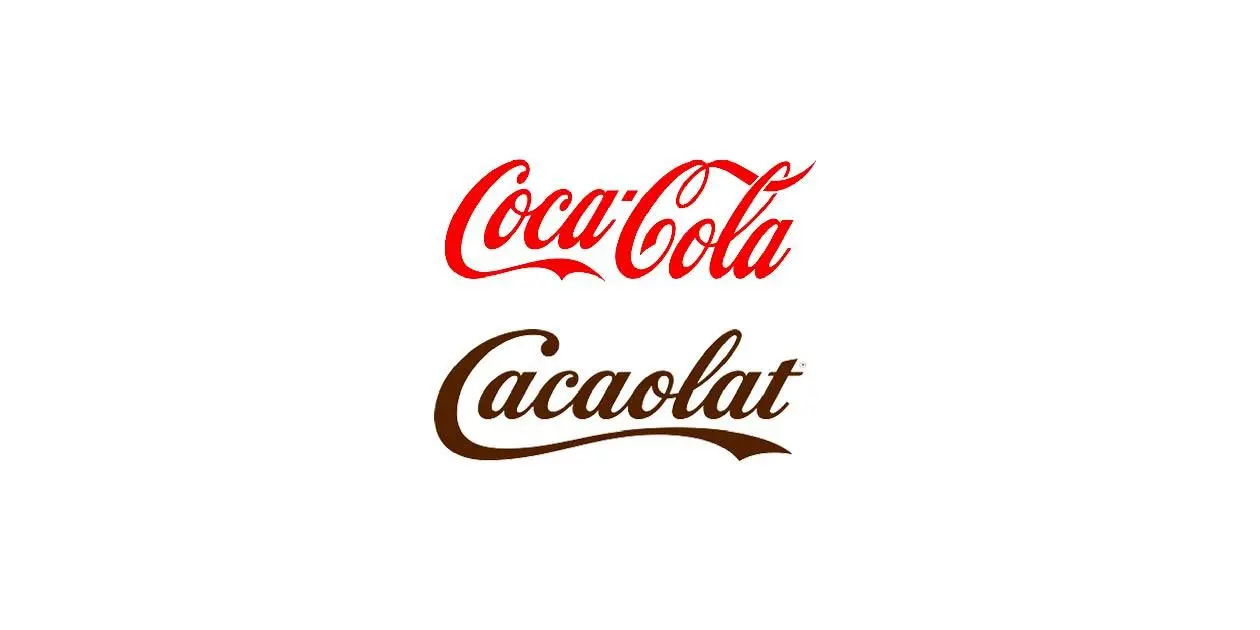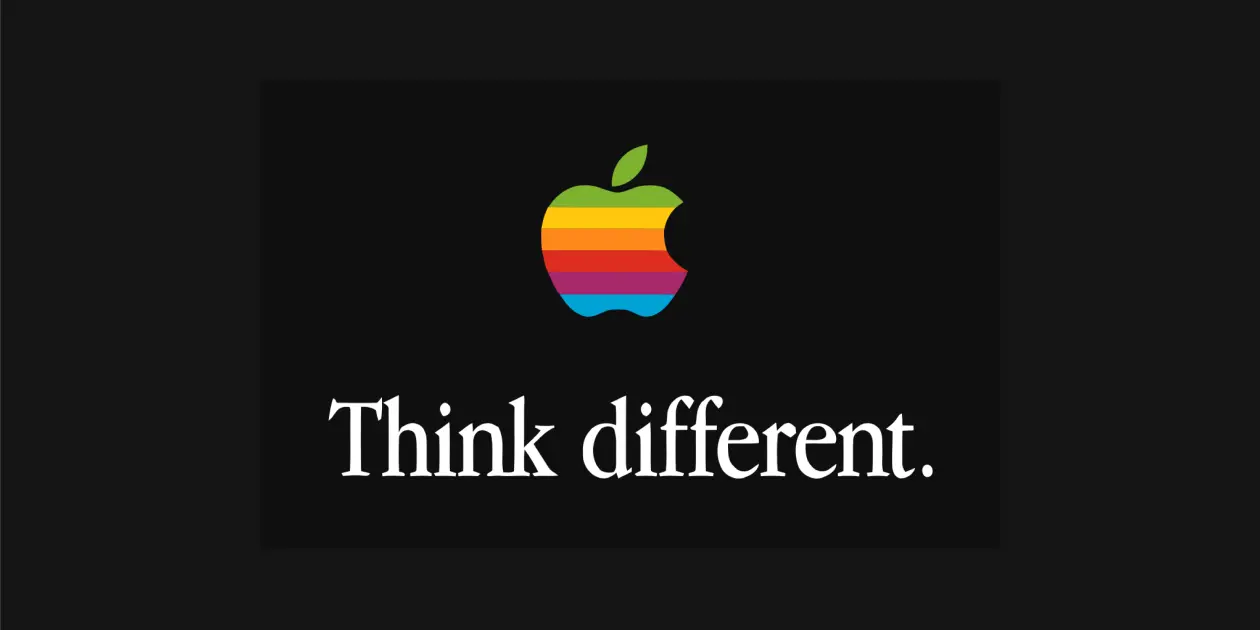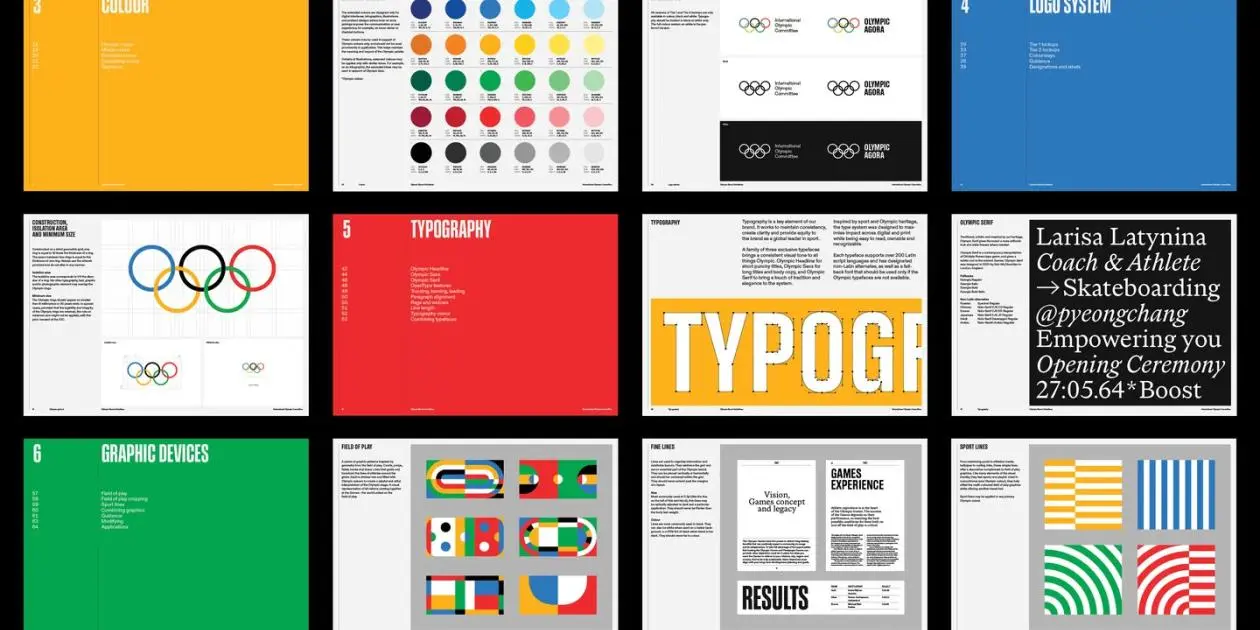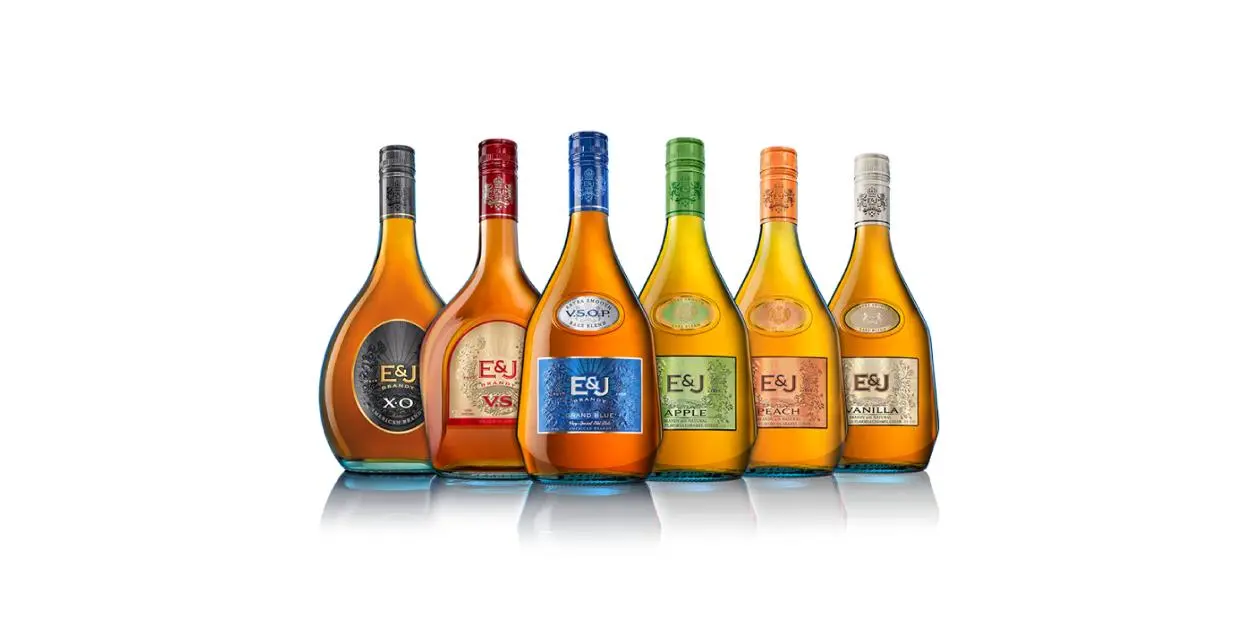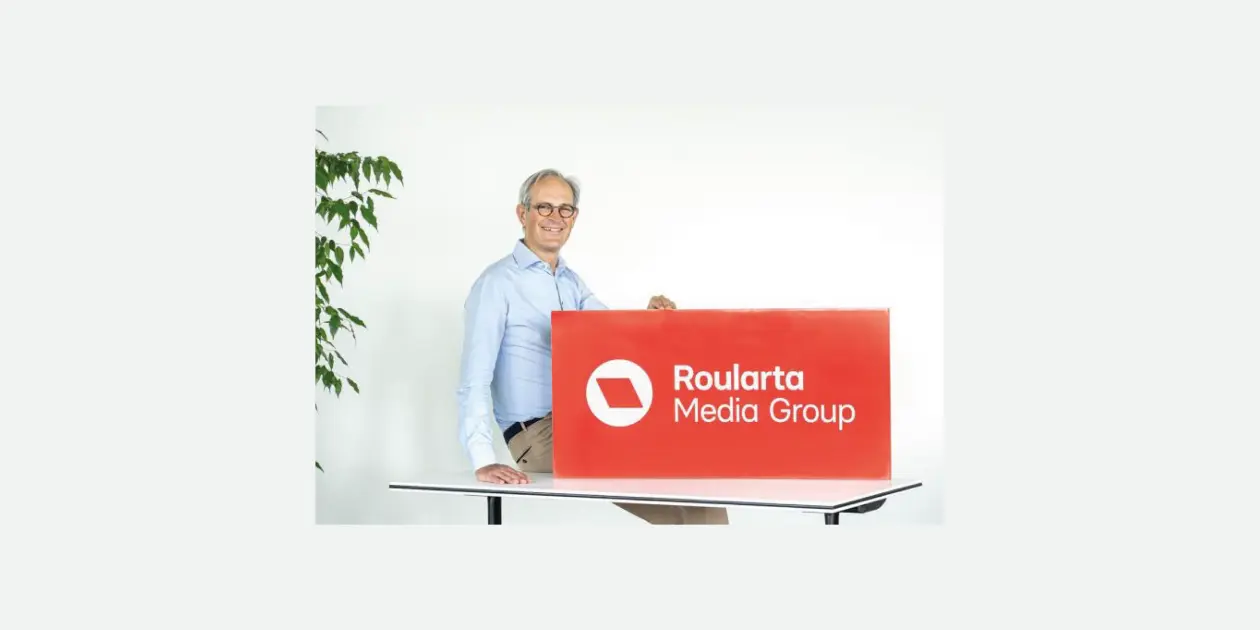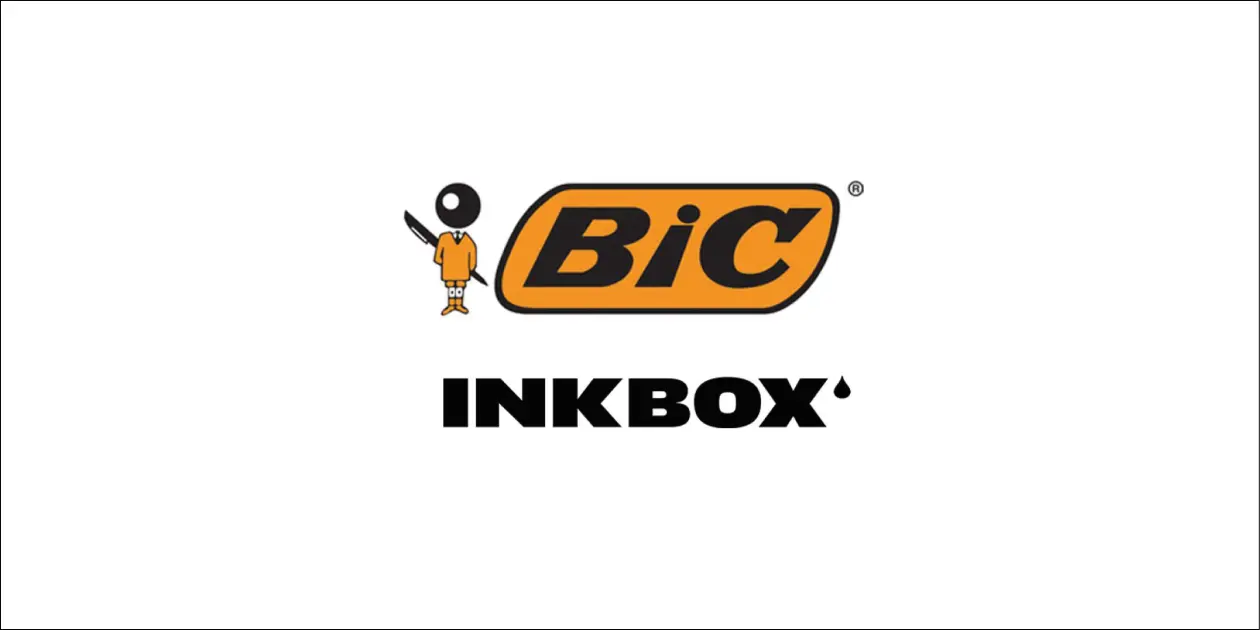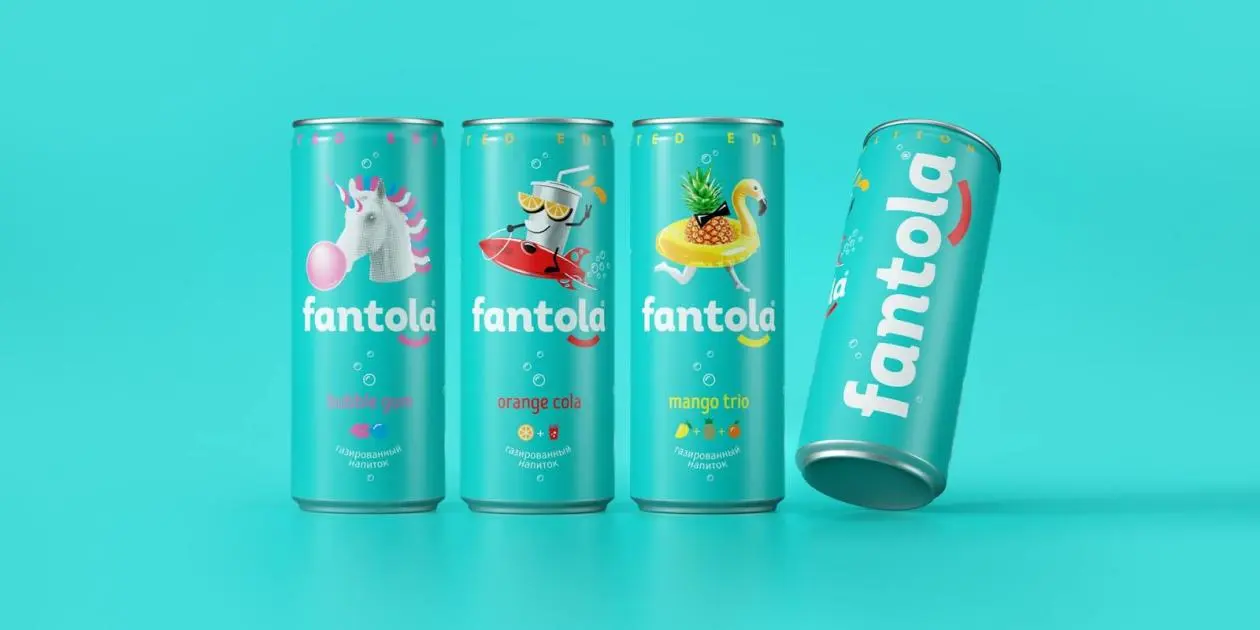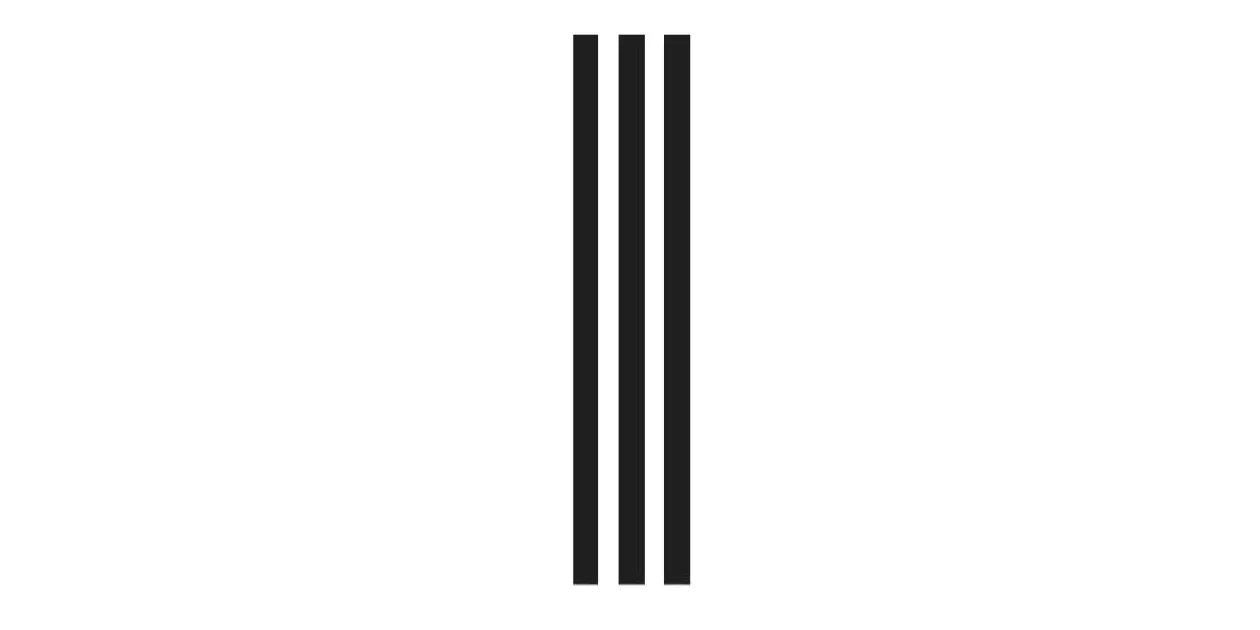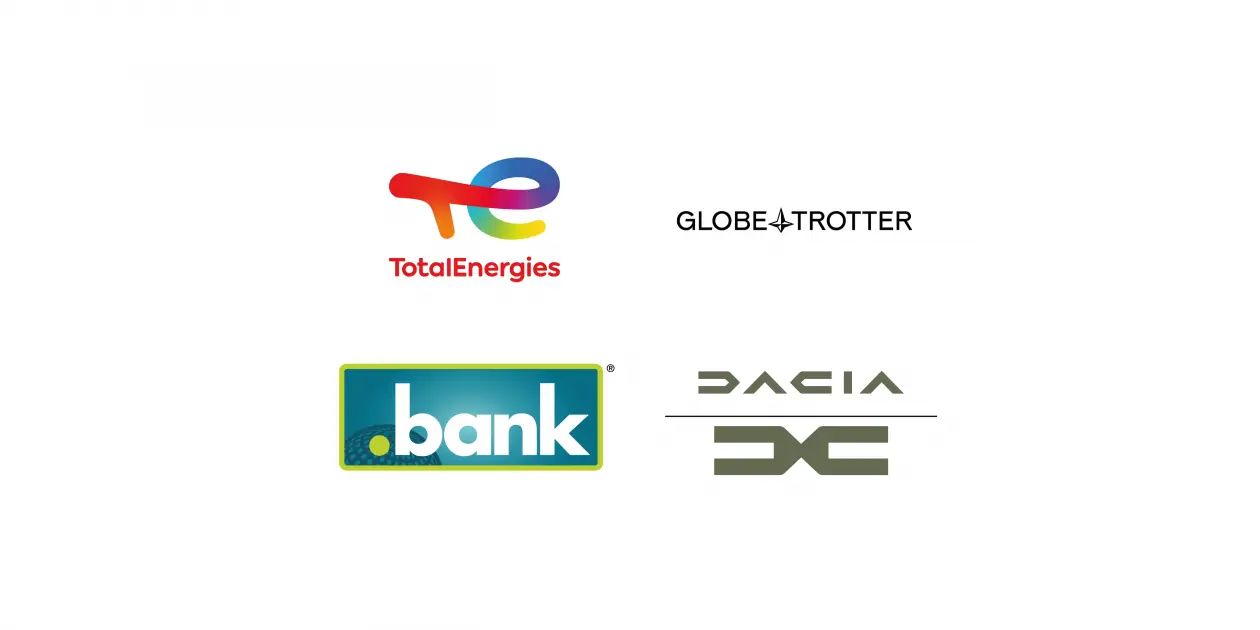Pho or Faux? When a name becomes a monopoly
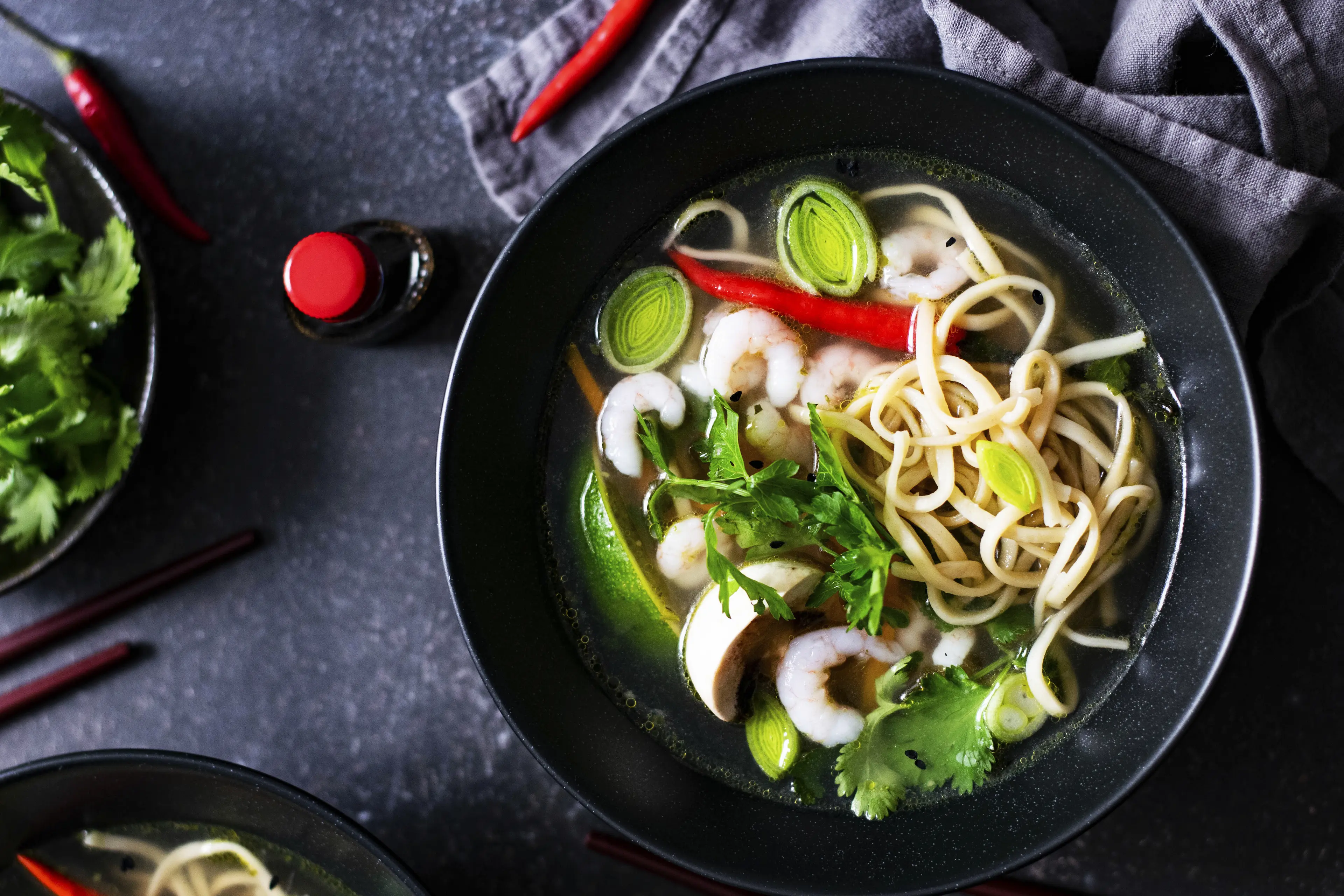

The power of a name: From dish to brand
As fries are to Belgium, Phở is to Vietnam—a national dish so iconic that UNESCO is considering it for cultural heritage status. But beyond the steaming bowls of noodle soup, Pho is also the name of a British restaurant chain that built its success on serving this dish.
Founded in 2005 after a trip to Vietnam, the restaurant’s founders introduced Phở to the UK market when the name and dish were still relatively unknown. This allowed them to register “Pho” as a trademark, giving them exclusive rights to the name for their business.
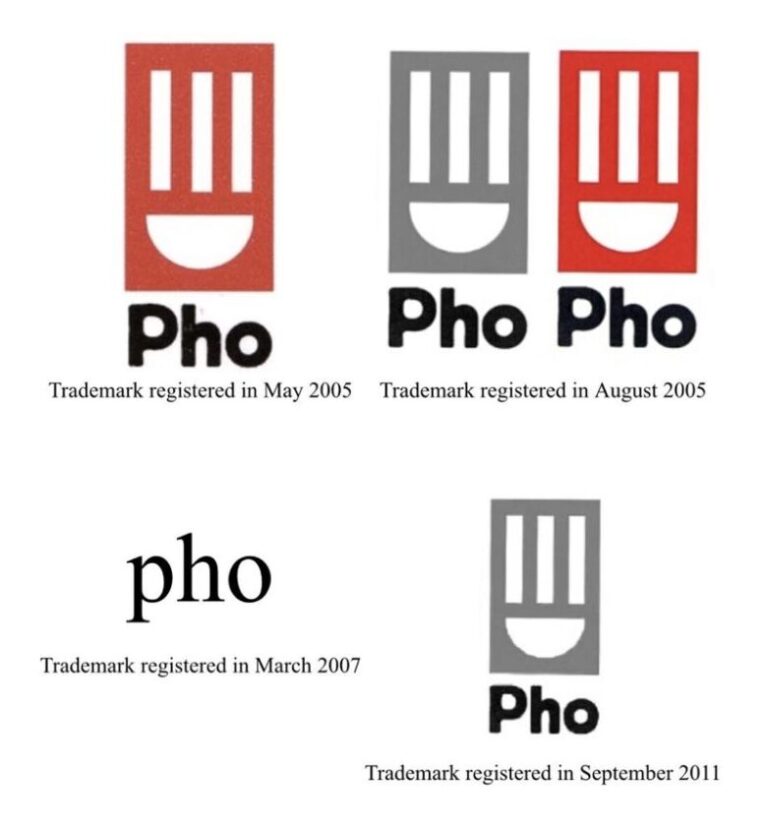
Trademark or trade barrier?
Recently, a TikTok video by @iamyenlikethemoney reignited controversy over the restaurant’s monopoly on the name. Critics argue that their trademark limits smaller Vietnamese restaurants from using a name that describes their own cuisine while also profiting from cultural appropriation.
A trademark grants exclusivity, but that exclusivity must have limits. If a name is too generic, it cannot serve as a brand identifier, nor should it block competitors from using common industry terms. This is why trademark offices assess distinctiveness—but policies vary across countries, and historical registrations often slip through despite stricter modern rules.
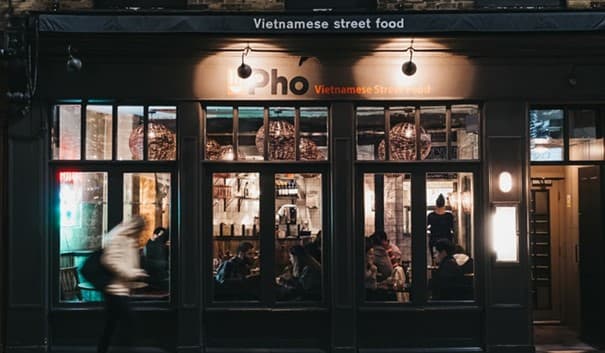
The fine line between brand and generic name
In 2013, Pho took legal action against Mo Pho Viet Café, claiming the name could be used for a dish but not as a business name. However, backlash led them to drop the case and eventually revise their trademark policies.
This case shows that public pressure can challenge trademark monopolies, even without formal legal action. The backlash eventually led Pho to withdraw their trademark, freeing the name for public use once again.
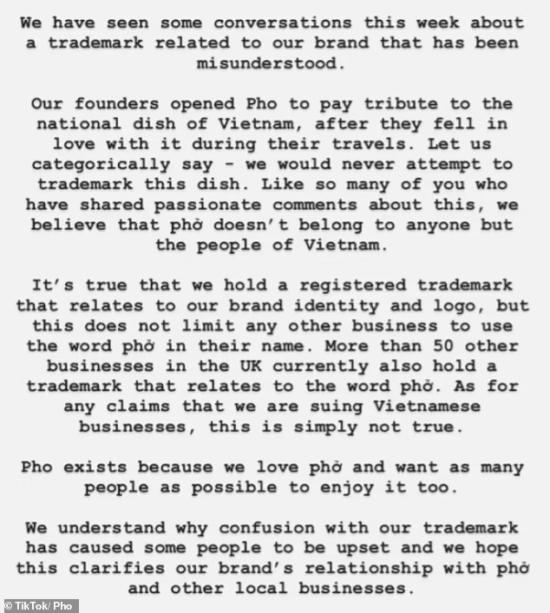
Is your brand name at risk?
Using generic terms, culturally significant words, or foreign-language names as trademarks carries risk. The public perception of a brand can make or break its legal standing—as seen in this case.
Think your brand name might be too generic? Let’s find out together.
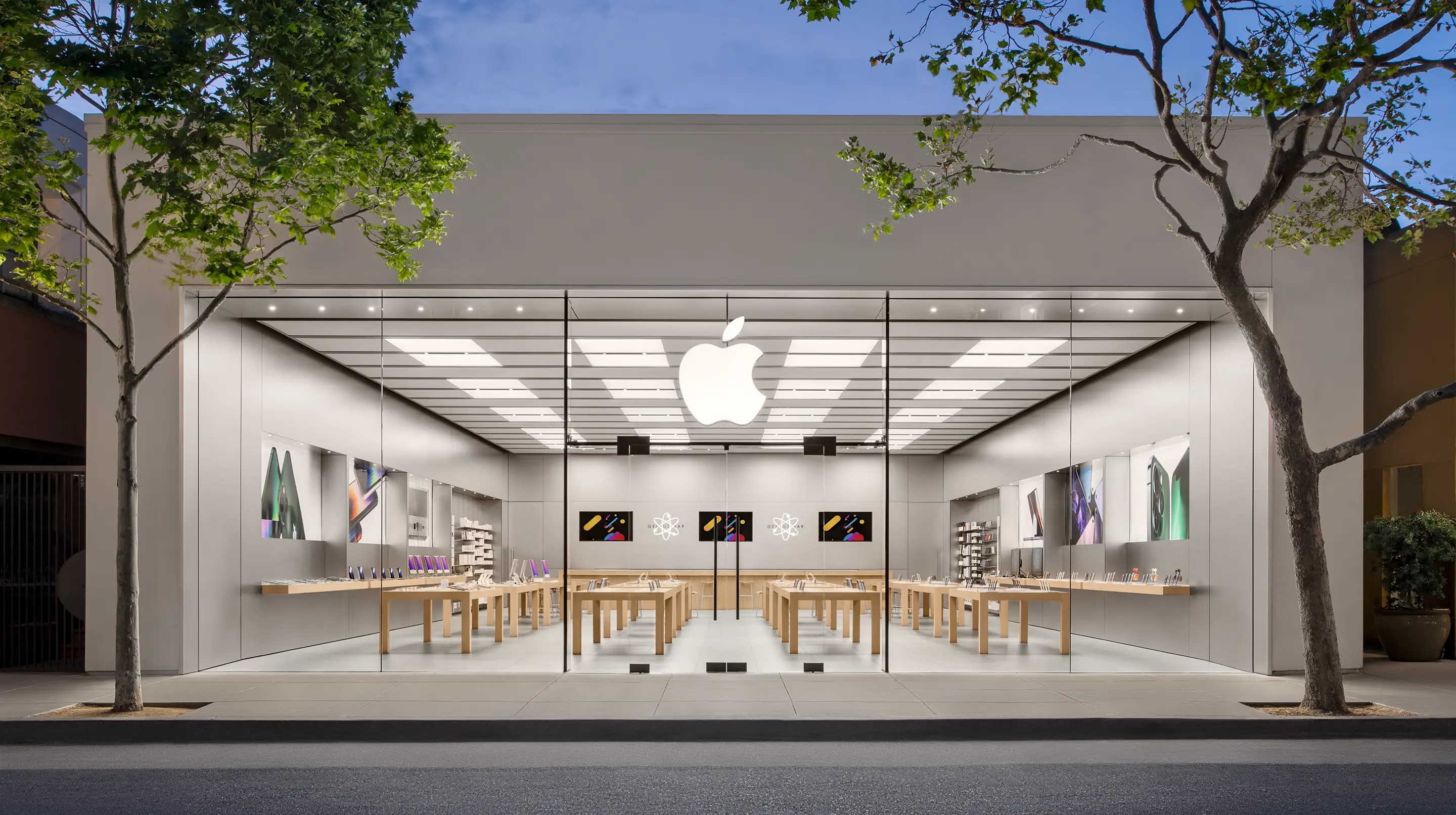
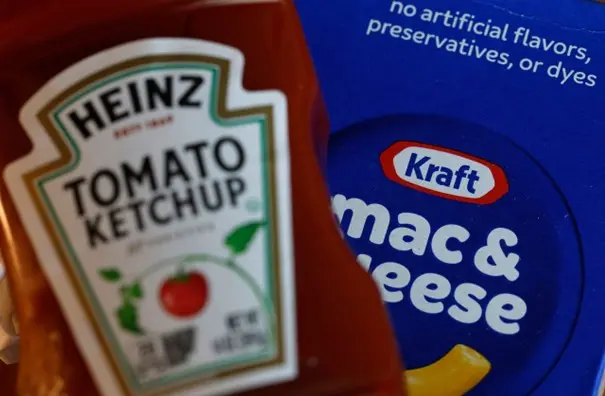
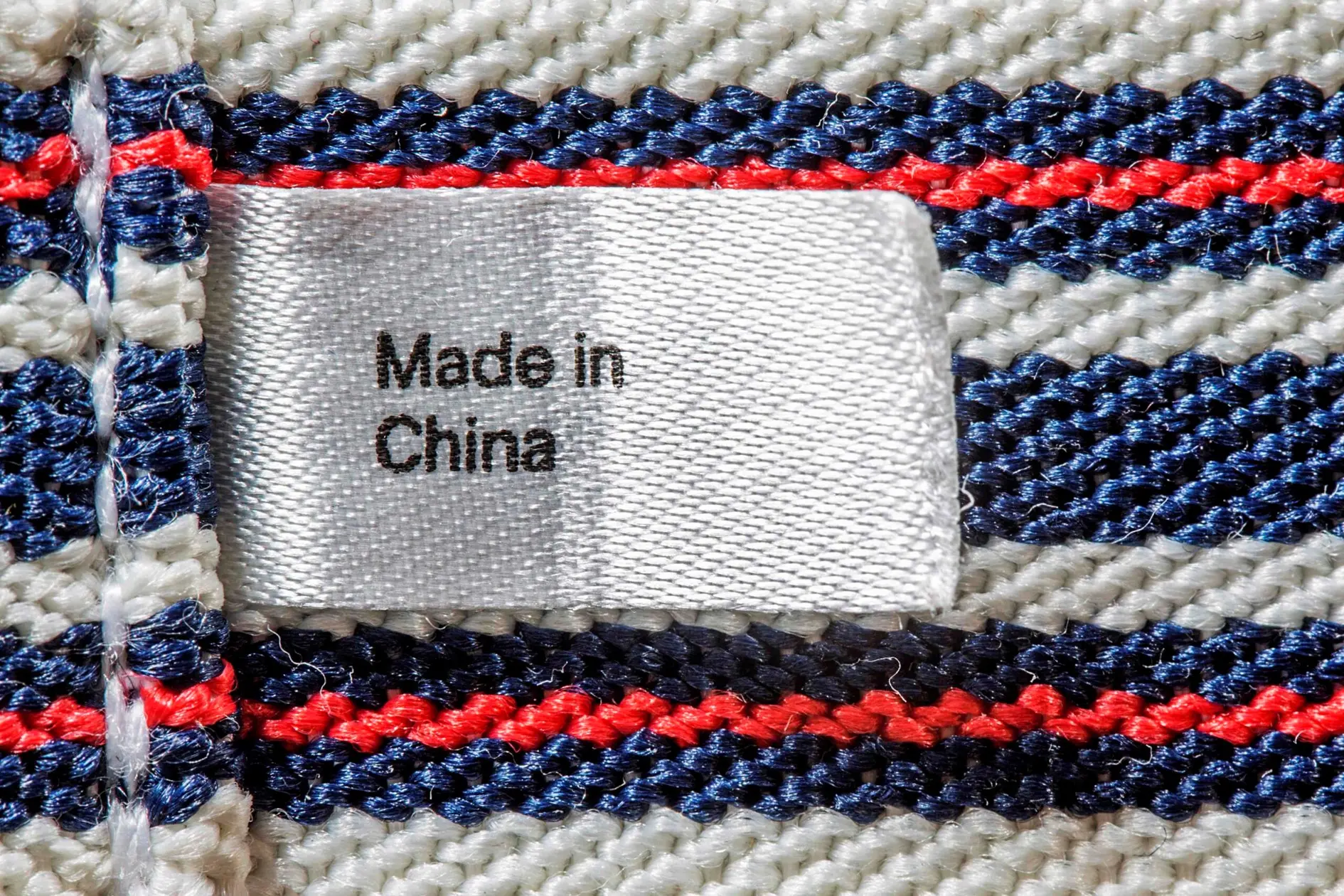
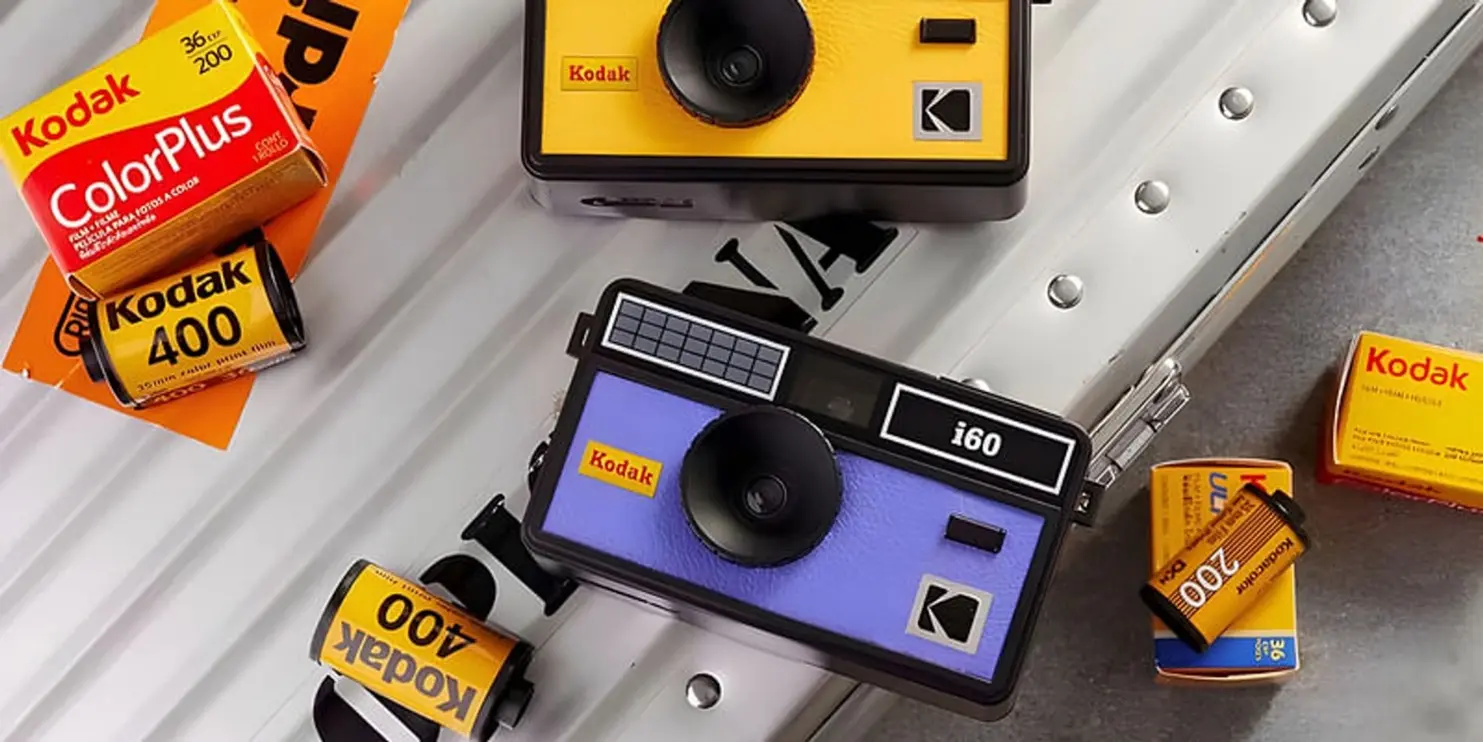

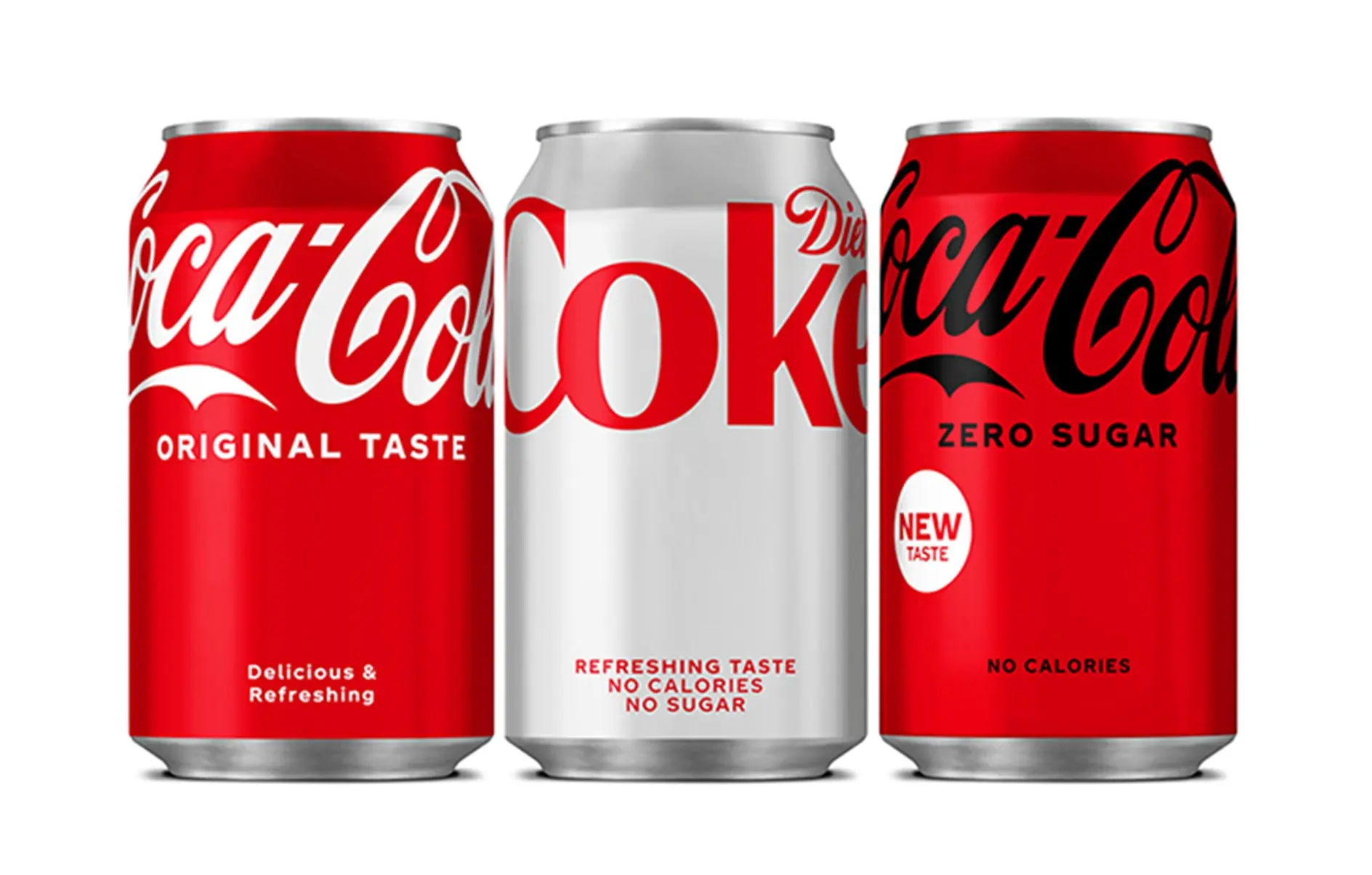




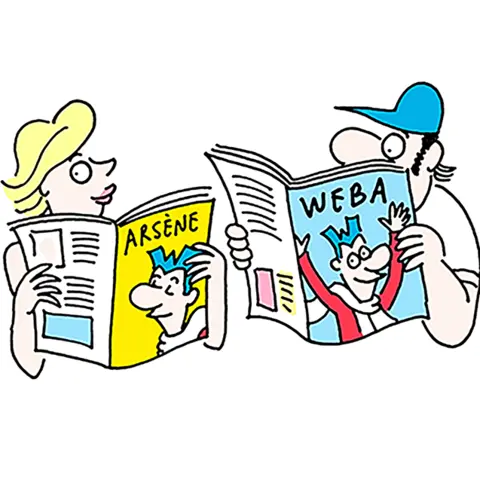
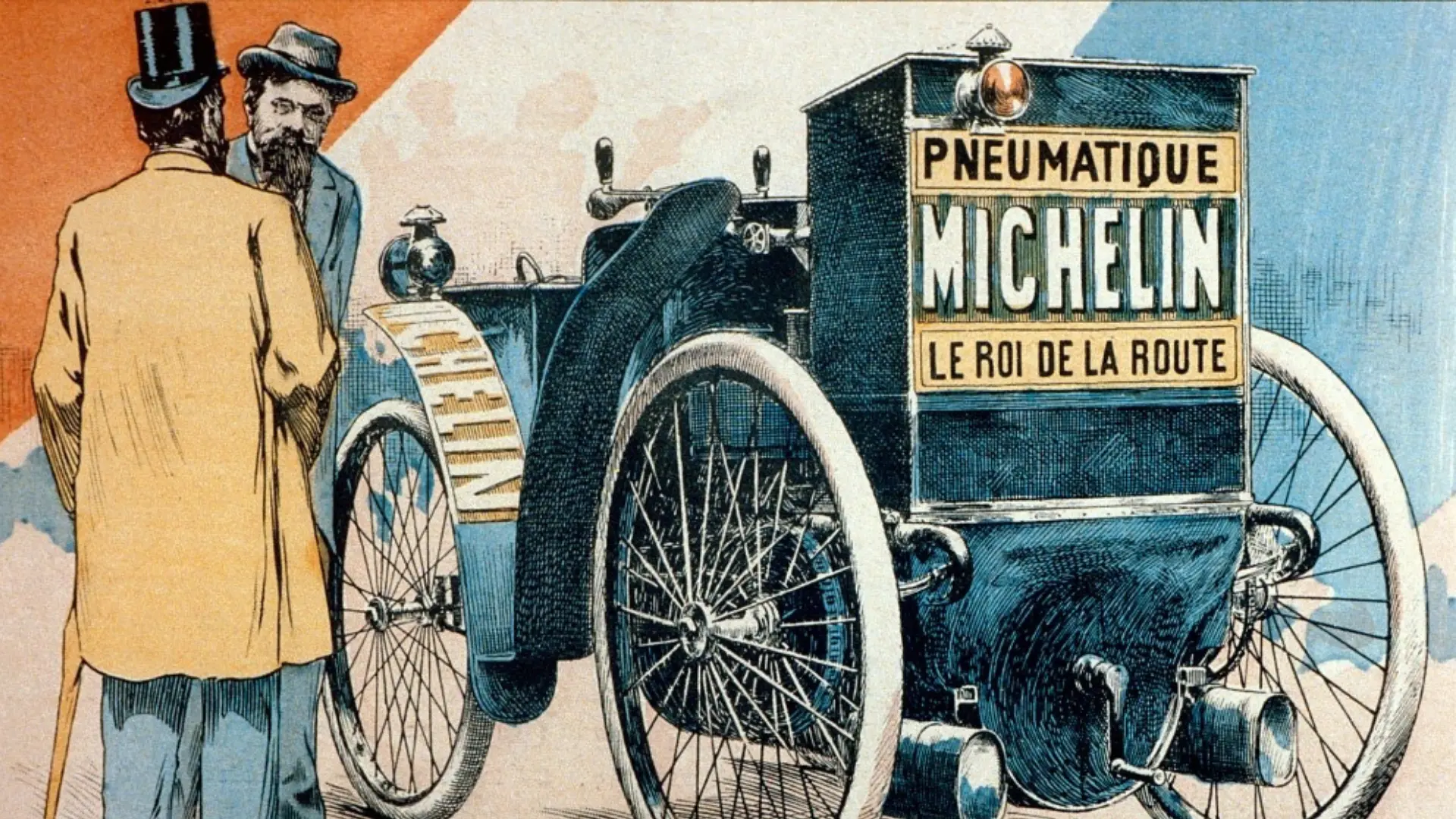








.webp)






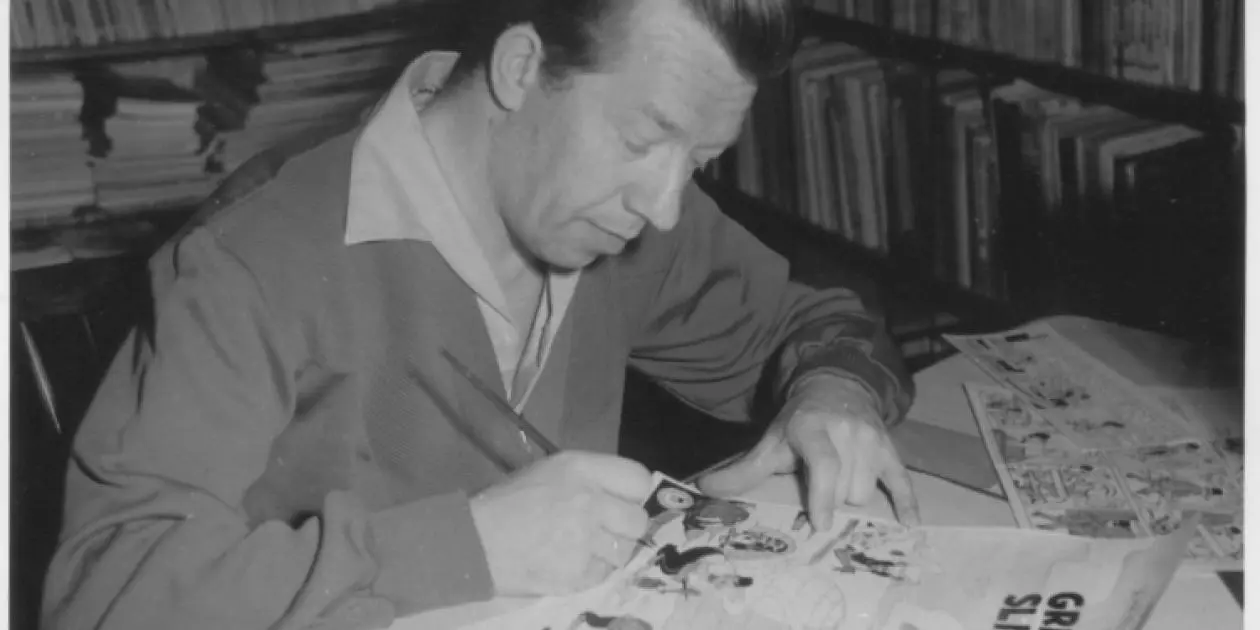
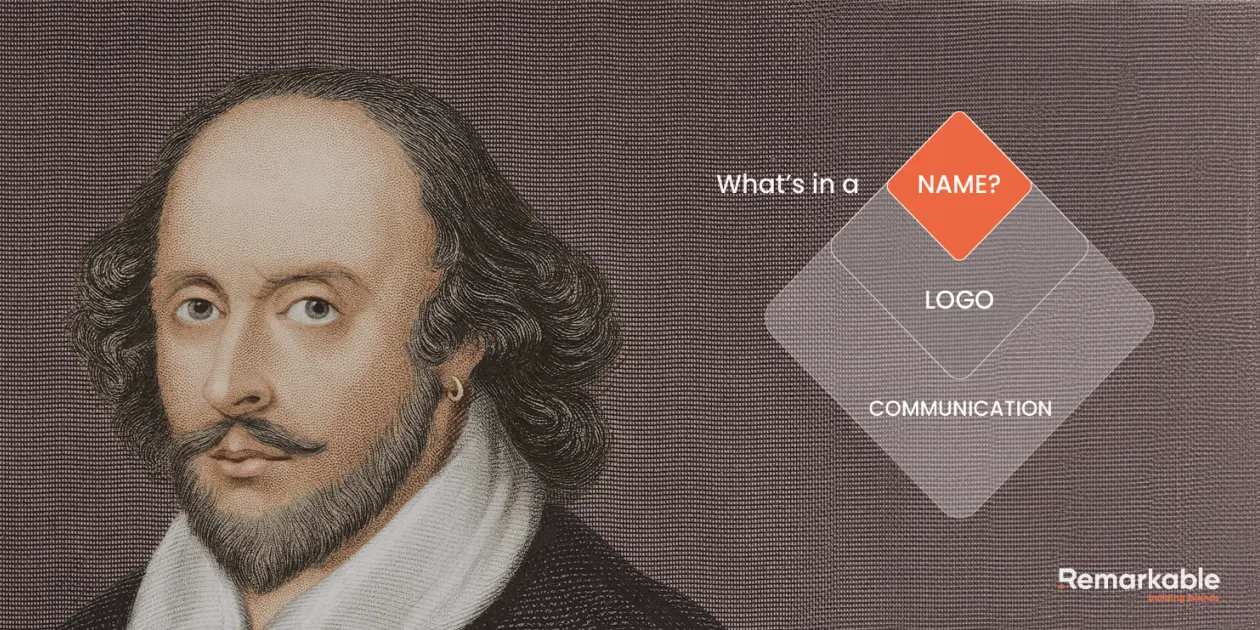

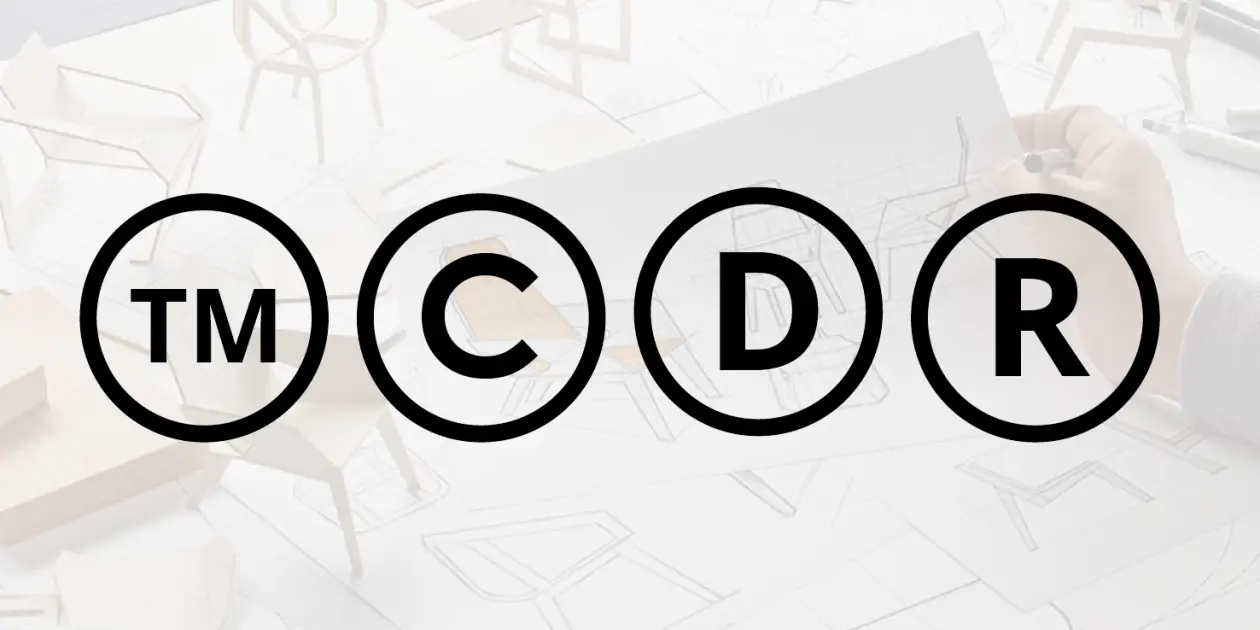
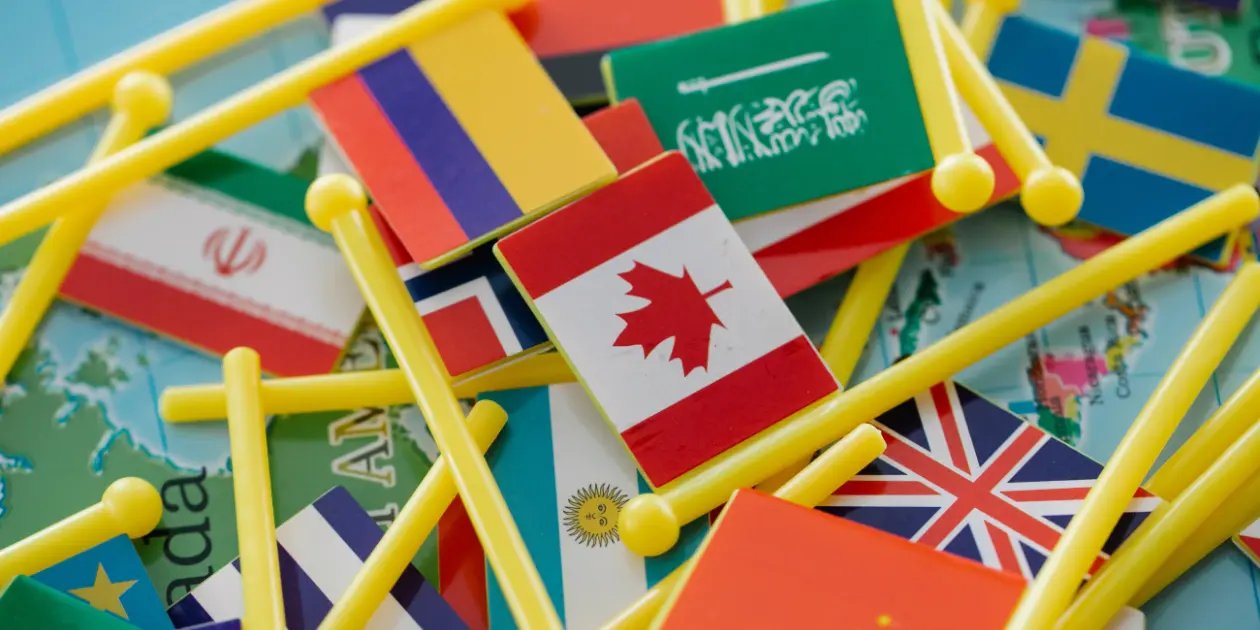
.webp)
.webp)


